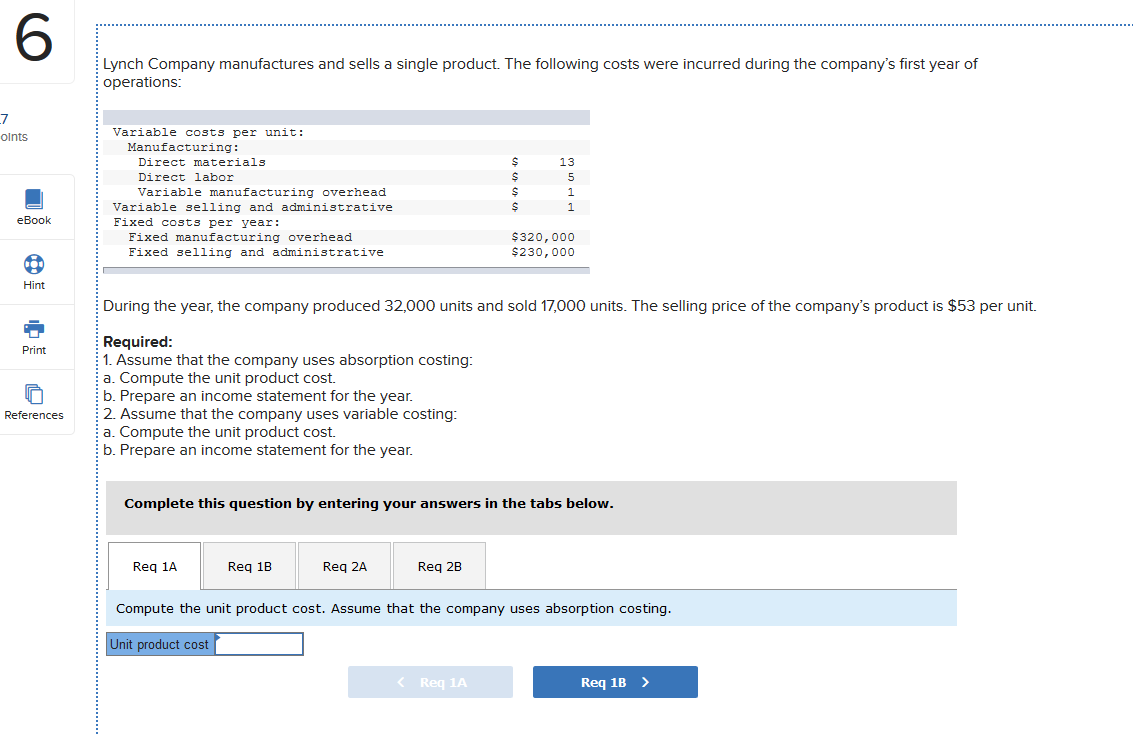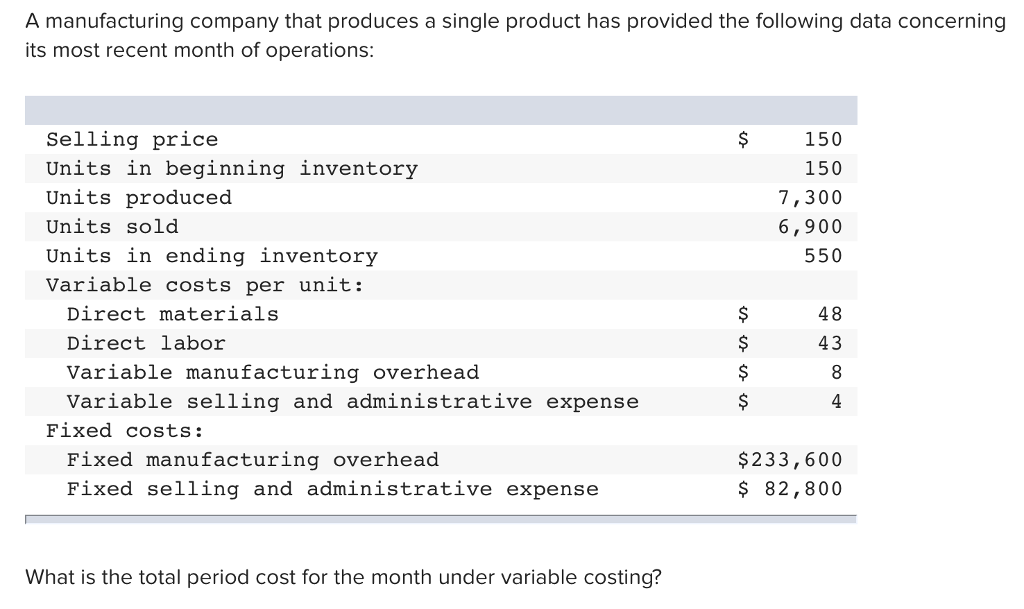Fixed vs Variable Costs: Understanding Business Expenses for Strategic Decision-Making
Photos emo publiées le 25 août 2021 par redacteur · No Comments
Do you still have questions about variable costs and how they affect your business profitability? Of course, you don’t want to charge too much and risk losing business to better-priced competition. Using the variable cost formula will help you find the sweet spot between charging too much and too little, ensuring profitability for your business. To better explain this concept and differentiate variable and fixed costs, we’ll use a few examples to help you understand how they may apply to your industry. The cost to package or ship a product will only occur if a certain activity is performed.
Variable Cost: What It Is and How to Calculate It
You’ll need variable cost data to make the right decision in this scenario, which will greatly impact profitability and leverage. Where average variable cost is most useful, however, is when you’re trying to calculate your average costs while accounting for multiple products with different variable costs per unit. Even though the amount it costs to produce a single unit of your product is fixed, the overall cost is variable, since the total amount will change depending on how many units you’re producing. This differs from fixed costs like rent or insurance, which will remain the same regardless of your company’s activity. Since fixed costs are more challenging to bring down (for example, reducing rent may entail the company moving to a cheaper location), most businesses seek to reduce their variable costs. Direct costs can also be fixed costs, such as rent payments that are directly tied to a production facility.

Direct Costs vs. Indirect Costs
Materials that were used to build the product, such as wood or gasoline, might be directly traced but do not contain a fixed dollar amount. This is because the quantity of the supervisor’s salary is known, while the unit production levels are variable based upon sales. A fixed budget is a financial plan that allocates a fixed amount of money for specific expenses, regardless of fluctuations in sales or production levels. In contrast, a variable budget adjusts the allocation of funds based on actual sales or production activity, making it more flexible and responsive to changes in the business environment. These ratios help measure profitability and the efficiency of cost management. For example, a higher gross margin indicates that a company can generate more profit for each dollar of revenue by lowering its variable costs.
Cost-Volume-Profit Analysis
- Our website services, content, and products are for informational purposes only.
- This is because your commission expenses depend entirely on how many sales you make.
- Therefore, an effective strategy to lower the breakeven point is to reduce variable costs, again highlighting their importance in pricing strategy.
- They need to have been transformed from their original state for them to become part of your product, and therefore they incur costs when they’re being produced into something else.
Notice how the total variable cost goes up according to the number of contracts, much like in the previous example. The longer your production facility is actively operating, the more power and water it’s likely to use. Utilities are a variable cost because they usually increase and decrease alongside your production. Production supplies and equipment refers to any necessary supplies or equipment that fluctuate with your output level. For the chair company, an example would be oil for machines involved in the woodworking process. If the company makes more chairs, they’ll need more machine oil, making this a variable cost.
If only one window is to be installed on the building and the other is to remain in inventory, consistent application of accounting valuation must occur. Especially if you run a smaller, home-based ecommerce business, like an Etsy store, you may avoid many of the costs other ecommerce stores deal with. Our team is ready to learn about your business and guide you to the right solution. Bench simplifies your small business accounting by combining intuitive software that automates the busywork with real, professional human support.
Process Optimization
Similarly, streamlining production processes can also lead to decreased costs per item. Economies of scale refer to the cost advantage that companies achieve when production becomes efficient, leading to a reduction in the cost per unit as production volume increases. This, in turn, will raise the cost per unit, leading to higher variable costs for businesses reliant on that material. are direct materials variable costs The total variable cost for this order of 30 chairs would be $1,500, meaning the chair company’s gross profit for the order would be $900 ($2,400 – $1,500). Raw materials are the direct goods purchased that are eventually turned into a final product. If the athletic brand doesn’t make the shoes, it won’t incur the cost of leather, synthetic mesh, canvas, or other raw materials.
In summary, variable costs are directly tied to the production levels of goods or services, and they play a crucial role in determining profits. Examples of variable costs include raw materials, direct labor, commissions, credit card fees, and utility expenses. Managing these costs effectively is essential for long-term business success. Variable costs are expenses that change in proportion to the production volume or activity level of a business, such as raw materials, direct labor costs, and sales commissions. They increase or decrease directly based on the quantity of output or level of production. Variable costs are proportional to the volume of activities, increasing or decreasing as the business output changes.
A company must still pay its rent for the space it occupies to run its business operations irrespective of the volume of products manufactured and sold. In general, it can often be specifically calculated as the sum of the types of variable costs discussed below. Variable costs may need to be allocated across goods if they are incurred in batches (i.e. 100 pounds of raw materials are purchased to manufacture 10,000 finished goods). For example, a company produces mobile phones and has several production machines to produce their devices. The cost of electricity is an indirect cost since it can’t be tied back to the product or the specific machine.
mot clés relatifs :